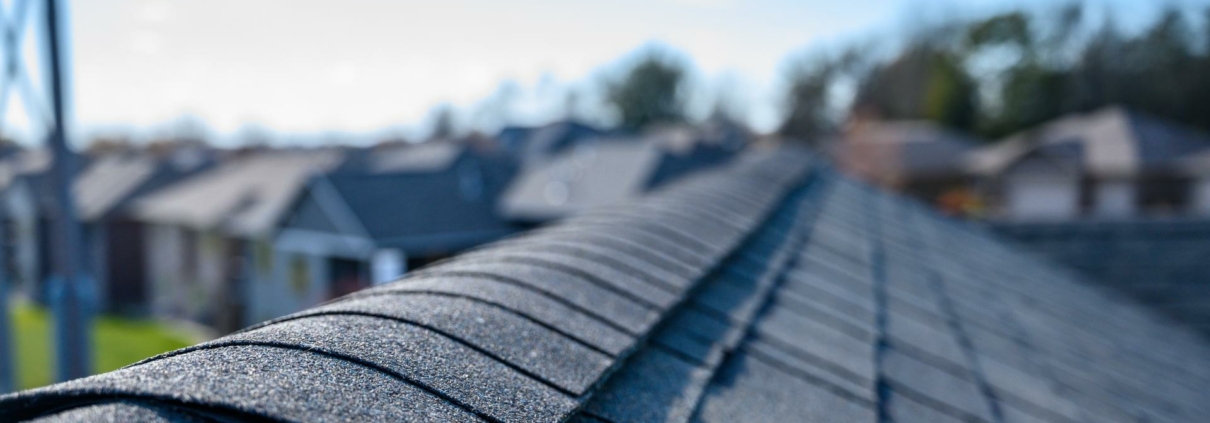What Does a Home Inspector Look For?
A Guide to Home Inspections
Understanding the Home Inspection Process
A home inspection is a crucial step in the home-buying process. It provides potential buyers with a detailed assessment of the property’s condition, highlighting any potential issues that might affect its value or safety. So, what exactly does a home inspector look for during a typical inspection?
Key Areas of Inspection
While the specific areas inspected can vary slightly depending on local regulations and the inspector’s experience, most home inspections cover the following key areas:
- Structure:
- Foundation: Checking for cracks, leaks, or signs of settlement.
- Framing: Inspecting the framing for structural integrity and proper connections.
- Roof: Assessing the roof for damage, leaks, and overall condition.
- Attic: Checking for insulation, ventilation, and any signs of pests or moisture.
- Plumbing:
- Pipes: Inspecting for leaks, corrosion, and proper insulation.
- Fixtures: Testing faucets, toilets, and showers for functionality.
- Water heater: Checking for age, condition, and efficiency.
- Electrical:
- Wiring: Examining the wiring for safety, grounding, and proper installation.
- Outlets and switches: Testing for functionality and grounding.
- Panel: Inspecting the electrical panel for safety and capacity.
- Heating and Cooling:
- HVAC systems: Assessing the condition, efficiency, and safety of heating and cooling units.
- Ducts and vents: Checking for leaks, obstructions, and proper insulation.
- Interior:
- Walls, floors, and ceilings: Inspecting for damage, moisture, and signs of pests.
- Windows and doors: Checking for functionality, leaks, and security.
- Appliances: Testing major appliances like stoves, refrigerators, and dishwashers.
- Exterior:
- Siding: Inspecting for damage, rot, and proper installation.
- Driveway and walkways: Checking for cracks, unevenness, and safety hazards.
- Landscaping: Assessing the condition of trees, shrubs, and other outdoor features.
Additional Considerations
In addition to these core areas, home inspectors may also look for:
- Safety hazards: Identifying potential safety risks such as tripping and electrical hazards.
- Environmental issues: Assessing for potential environmental hazards like mold, radon, or lead paint.
- Accessibility: Evaluating the property’s accessibility for individuals with disabilities.
Understanding the Inspection Report
Once the inspection is complete, the inspector will provide a detailed report outlining their findings. This report will typically include:
- A summary of the property’s condition.
- A list of any issues or defects found.
- Recommendations for repairs or maintenance.
Tips for Home Buyers
- Be present: Attend the inspection to ask questions and get a firsthand look at the property.
- Review the report carefully: Take the time to understand the inspector’s findings and recommendations.
- Don’t be afraid to negotiate: If significant issues are found, you may be able to negotiate the purchase price or ask the seller to address the problems before closing.
By understanding what a home inspector looks for, you can be better prepared to make informed decisions during the home-buying process.




Leave a Reply
Want to join the discussion?Feel free to contribute!